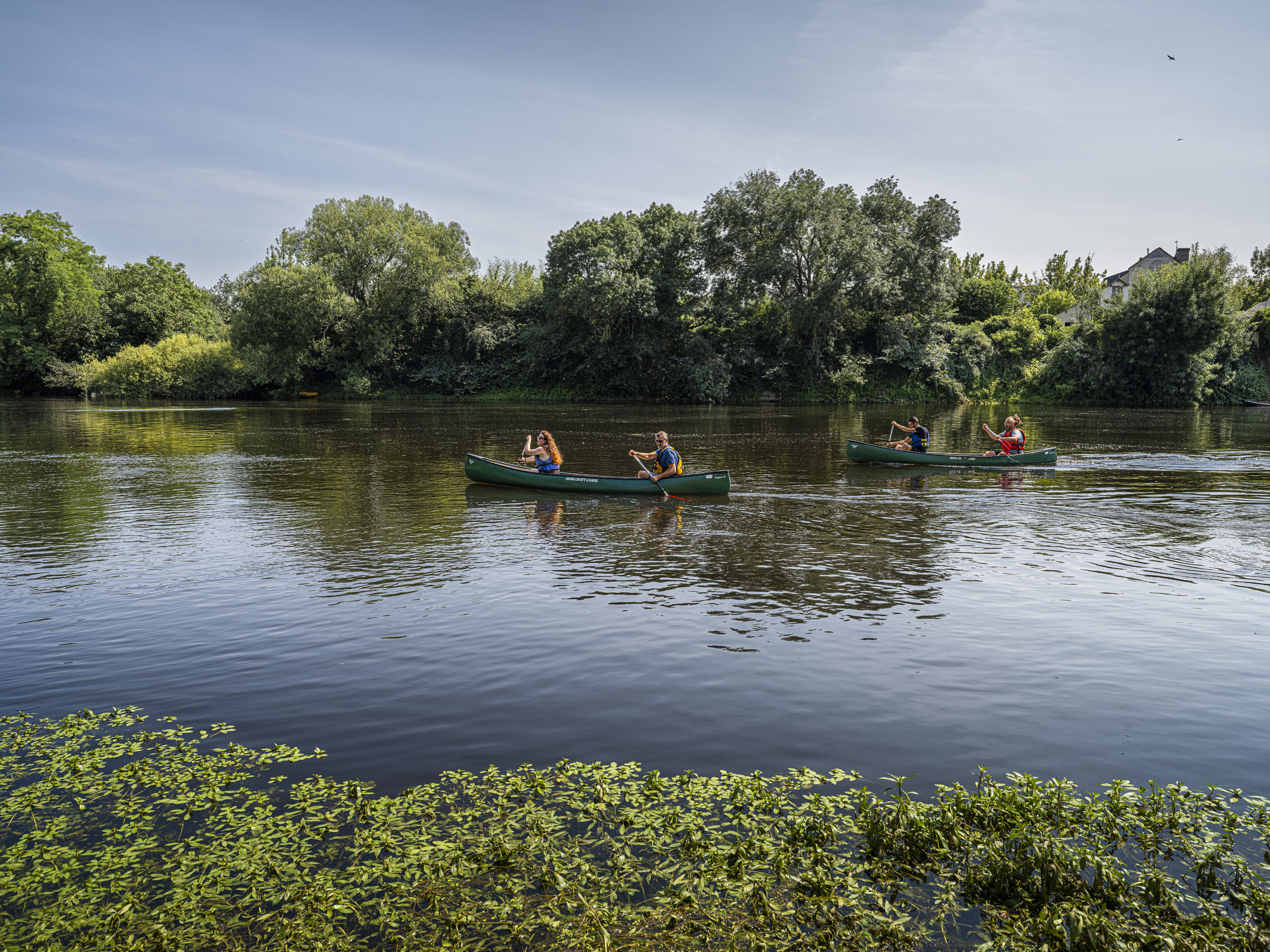From La Chapelle sur Loire to Candes Saint-Martin

La Chapelle-sur-Loire
From La Chapelle sur Loire to Candes Saint-Martin
Medium
3h
11,6km
+3m
-4m
Embed this item to access it offline
Attachment
- Downloadpdf
La Chapelle-sur-Loire - Candes-Saint-Martin
Description
- La Chappelle-sur-Loire
- Avoine power station
- Collegiate church of Candes-Saint-Martin
- Departure : La Chapelle sur Loire
- Arrival : Candes Saint-Martin
- Towns crossed : La Chapelle-sur-Loire, Avoine, Chouzé-sur-Loire, Savigny-en-Véron, and Candes-Saint-Martin
Forecast
Altimetric profile
Report a problem or an error
If you have found an error on this page or if you have noticed any problems during your hike, please report them to us here: